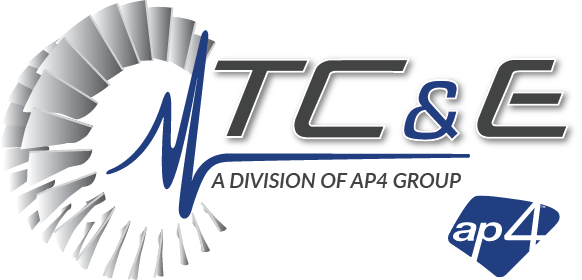At TC&E, we are asked many questions about issues concerning Frame 6 gas turbines. Many of these questions are asked by Frame 6 Users Group members, however, other groups ask us questions related to reliability issues concerning large-frame gas turbines, steam turbines, and controls and electrical issues across all turbines. In this video, we will talk about some of the aspects of maintenance that are most often overlooked.
Instruments, Grounds, and Wiring
In some cases, we see wires, conduits, and junction boxes that have been installed 10, 20, 30 years ago. The insulation is destroyed and is literally melting off the conductor cables. As a result, you aren’t seeing proper readings and data back to the control system. Then, that control system is reacting on that data, which is causing you to lose performance and reliability, and also causing erroneous trips—taking units down for one, two, three days at a time and costing the plants huge amounts of money.
Control System Reliability Assessments
Some of these cables that have been underground for 15+ years are now full of water and oil. You know they’re destroying the insulation, resistance, and breakdown of your conductors. We find a lot of issues with that. None of those components are designed for 50 years or 30 years or even 20 years. Power supplies, capacitors, resistors, TTL logics, components within your prompts, E-prompts within certain control systems—all of these components have a lifespan and a shelf life. Looking at your inventory of components, history of trips, and history of failures are all very pertinent and critical to understanding how you’re going to recover from a failure.
HMI Reliability Assessments
We are seeing computers that haven’t been touched for 10, 12, 15, or even 20 years. They’ve been beneath the desk in a control room or mounted on a platform out in the pack and haven’t been touched or even opened. We’re seeing HMIs fail due to overheating because fans and power supplies are coated with quite literally a quarter-inch of dust. Fans have failed so the components are overheating. We’re also seeing hard drives fail.
We can very much increase the life of your existing HMIs and histories and computers by performing good, clean inspections. We look at file management within them so you’re not losing any of your backups in your current operating folders and files. Backups are important. That way, you can recover from a component failure within only a few hours rather than days or even weeks.
Servos and Actuators
When we look at all the different servos, valves, actuators, feedbacks and limits switches, magnetic feedbacks, there are 12 different styles of feedback four to twenties, field views, fissures—all your different valves and actuators throughout the entire plant. These are just one of those things that get put off. After all, it’s just a limit switch—until it starts truly affecting startup and operation.
Exciters, PTs, and CTs
We’ve been seeing more failures of PTs and CTs, which are feedbacks into our excitation circuits. They are approaching old age with tens of thousands or hundreds of thousands of hours on them. In many cases, we see cracks and old, dried-out conductors, especially those that are outside in the elements. Therefore, it’s very important to perform inspections on an annual basis. It’s important to take a look at your PT and CT fuses, which will sometimes fail intermittently. This can also happen with pressure switches.
 Watch Our Webinar & Videos
Watch Our Webinar & Videos